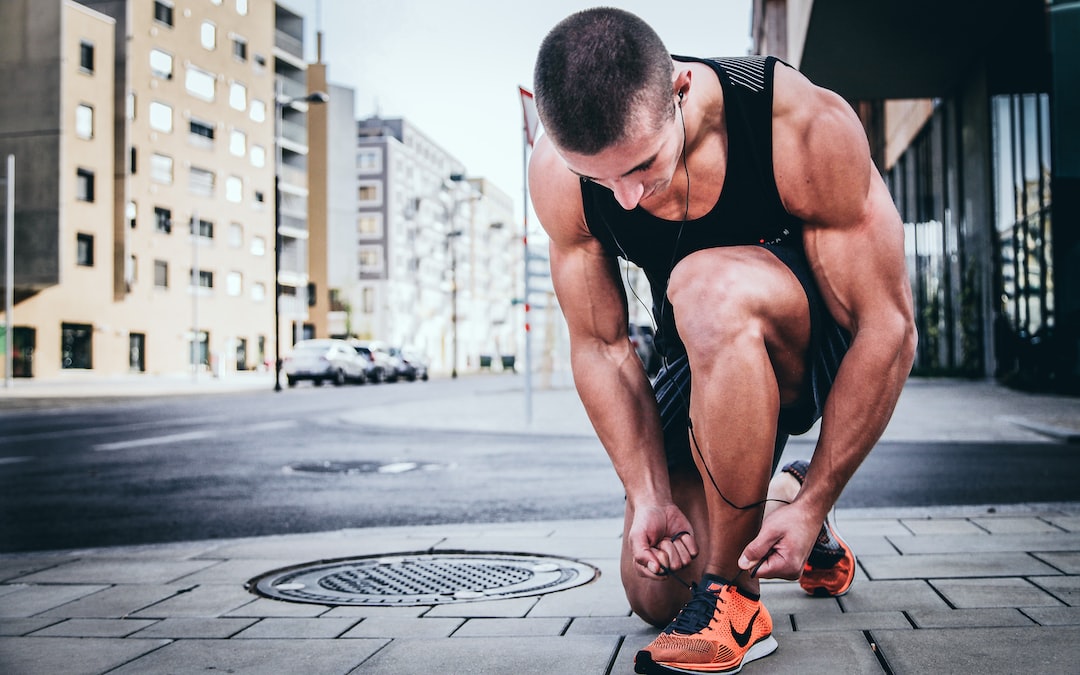Title: The Science of Sports Recovery: Strategies for Optimal Restoration and Performance
Introduction
In the world of sports, athletes are continuously pushing their bodies to the limit, striving to achieve peak performance. However, what many athletes fail to realize is that recovery is just as crucial as training itself when it comes to maximizing their potential. Understanding the science behind sports recovery and employing effective strategies is vital for achieving optimal restoration and performance. In this blog post, we will explore some evidence-based approaches to aid athletes in their recovery journey.
Nutrition and Hydration
Proper nutrition and hydration play a paramount role in sports recovery. After an intense workout or competition, an athlete’s body requires essential nutrients to repair damaged tissues and replenish energy stores. Consuming a balanced meal that provides a combination of carbohydrates, protein, and healthy fats is crucial in facilitating recovery. Carbohydrates help replenish glycogen stores, while protein aids in muscle repair and growth.
Additionally, hydration should not be underestimated. Water loss through sweating during exercise can impact an athlete’s performance and hinder their recovery. Ensuring adequate fluid intake throughout the day, both during and after exercise, is essential to maintain optimal hydration levels.
Sleep and Rest
Sleep is a natural recovery process that allows the body to repair and rejuvenate itself. During sleep, the body releases growth hormone, which promotes tissue regeneration and muscle repair. Lack of quality sleep can impair cognitive function, decrease reaction times, and hinder athletic performance.
Establishing a consistent sleep routine that allows for adequate rest and recovery is crucial for athletes. Aim for 7-9 hours of uninterrupted sleep each night to promote optimal restoration. Additionally, incorporating short power naps during the day can help alleviate fatigue and aid in recovery.
Active Recovery
Contrary to popular belief, complete rest may not always be the best approach to recovery. Active recovery involves engaging in low-intensity exercise or activities to aid in the removal of metabolic waste products and promote blood circulation. Examples of active recovery include light jogging, swimming, or cycling.
Engaging in low-impact activities allows the body to recover without causing additional stress to the muscles and joints. It helps to minimize muscle soreness, reduce inflammation, and promote flexibility. Active recovery can also have a positive impact on mental well-being, allowing athletes to relax and enjoy physical activity without the pressure of intense training.
Cold and Hot Therapy
Thermotherapy, which involves the application of both cold and hot stimuli, has been widely studied for its potential benefits in sports recovery. Cold therapy, such as ice baths or cold showers, can reduce inflammation, alleviate muscle soreness, and aid in the recovery process. It is particularly effective in acute injuries or post-exercise recovery.
On the other hand, hot therapy, such as saunas or warm baths, can help improve blood circulation, relax muscles, and relieve tension. The heat triggers vasodilation, enhancing nutrient delivery to the muscles and promoting the removal of waste products. Alternating between cold and hot therapy can have synergistic effects, facilitating optimal recovery.
Conclusion
Sports recovery is a science that athletes should prioritize and integrate into their training regimens. Effective strategies, such as proper nutrition, hydration, sleep, active recovery, and thermotherapy, can significantly impact an athlete’s restoration and enhance their overall performance. By nurturing their bodies and providing adequate recovery, athletes can optimize their potential and achieve long-term success in their chosen sport. Remember, recovery is not a sign of weakness but rather a pathway to ultimate strength and excellence.

